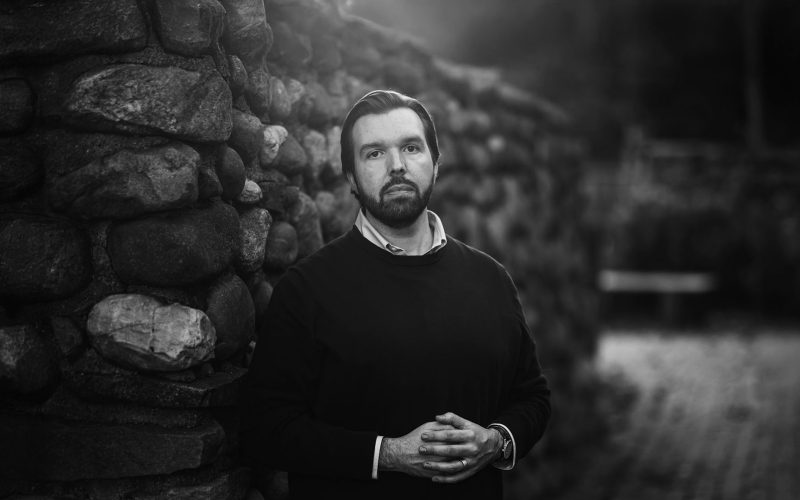Deskless teams power industries that keep cities running, homes functioning, and essential infrastructure moving. However, the tools built for them do not always come from lived experience. Adam Root, an Executive Product Leader and Fractional Chief Product Officer, has spent nearly two decades reshaping that gap. To successfully productize internal workflows for deskless teams, product leaders must move beyond traditional software assumptions and immerse themselves in the lived realities of field work. This means understanding not just the tasks teams perform, but the improvisation, environmental constraints, and on‑the‑fly decision making that truly define how work happens outside an office.
Root specializes in translating the complexity of field operations into scalable, revenue-generating platforms that actually work where users work. His track record spans global enterprises, early stage companies, and AI-powered SaaS platforms, all unified by a consistent philosophy: product innovation starts with understanding the people who perform the work.
Observing Work Before Productizing It
Deskless work has its own rhythm, one shaped by constant movement, quick decisions, and direct customer interactions. “I watched a roofer schedule his next job with one hand while holding a ladder with the other and still somehow keeping the customer happy,” Root, who says scenes like this reveal what many product teams miss. “If your product doesn’t respect that reality, it’s already irrelevant.”
This mindset shaped one of his most influential transformations. When advising 242 home inspection franchises, Root and his team spent weeks in the field. “We realized they just weren’t collecting data. They were making judgment calls, navigating real-time edge cases, and juggling customer emotions,” he says. Forms and dashboards would have failed immediately. Instead, he built a workflow engine that let inspectors guide the system rather than conform to it.
By grounding the product vision in direct observation, Root reduced inspection times by 33% and increased inspection volume by 49% through computer vision and machine learning capabilities that reflected real-world needs.
Designing for Friction Instead of Ideal Conditions
In the field, weather disruptions, broken tools, and sudden connectivity drops are not exceptions; they are the norm. Most internal tools fail not because the design is inherently flawed, but because they quietly assume stable environments, predictable steps, and uninterrupted workflows that simply do not exist in the day‑to‑day reality of on-site operational work. “Deskless workflows are not linear,” he says. “They’re reactive.”
At Array, a field‑operations SaaS platform focused on simplifying data capture and workflow automation for mobile teams, he implemented voice recognition and offline syncing to eliminate the need for dashboards entirely. Workers were able to snap a photo, narrate what happened, and sync their notes whenever their connection returned. It was a powerful shift away from digital bureaucracy and toward workflow capture that mirrored the natural flow of the job.
Turning Tools Into Transferable Knowledge Systems
The complexity of field operations becomes even more challenging when information must be handed off cleanly across shifts, job sites, and levels of experience. In these environments, effective workflow productization means building systems that continue to function smoothly even when the most seasoned team members are not on-site. “If your workflow only works when your best team member is present, it’s not a product, it’s a dependency.”
To solve this, he builds modular, repeatable flows that disperse knowledge rather than centralize it. These systems ensure that when a foreman takes PTO, the process continues without interruption, creating operational resilience rather than dependence on a single expert. It’s an approach that has proven effective at scale. Root has applied this philosophy across industries, from accelerating multi-national utility solar CAGR from 5% to 25% and unlocking billions in savings, to helping SaaS platforms grow MRR over 1300% by simplifying onboarding and standardizing workflows across globally distributed teams.
A Leader Built Through Evidence and Field Immersion
Products succeed when they reflect the reality of how people actually operate. Sustainable solutions come from empathy, field immersion, and a willingness to design for the messiness of real work.
Root’s framework — observe the work, respect the friction, and design for transfer — has become a practical guide for organizations seeking to create tools that stand up to the unpredictability of on‑site environments. “To productize workflows for deskless teams, you need to stop thinking like a software company and start thinking like a field operator,” he says.
Readers can connect with Adam Root on LinkedIn and learn more about his work on his website.











